18 March 2025
Imagine this: you're aboard a train, nestled into a cozy seat, your eyes darting between your book and the window, watching as the ever-changing landscapes of Russia fly by. There's something mesmerizing about train travel, especially when it’s the Trans-Siberian Railway—the world’s longest continuous railway, stretching over 9,000 kilometers from Moscow to Vladivostok. And let me tell you, this is no ordinary trip. This is a journey that takes you across almost a third of the world’s landmass, through eight time zones, and over the Ural Mountains, connecting both Europe and Asia.
But where should you hop off? What cities should you explore? There are hidden gems scattered across this enormous route, from bustling metropolises to quaint, remote towns. Here’s a guide to the must-see stops on the Trans-Siberian Railway, so buckle up (or should I say sit back!) as we dive into the top pitstops that will turn your once-in-a-lifetime train ride into a full-fledged adventure.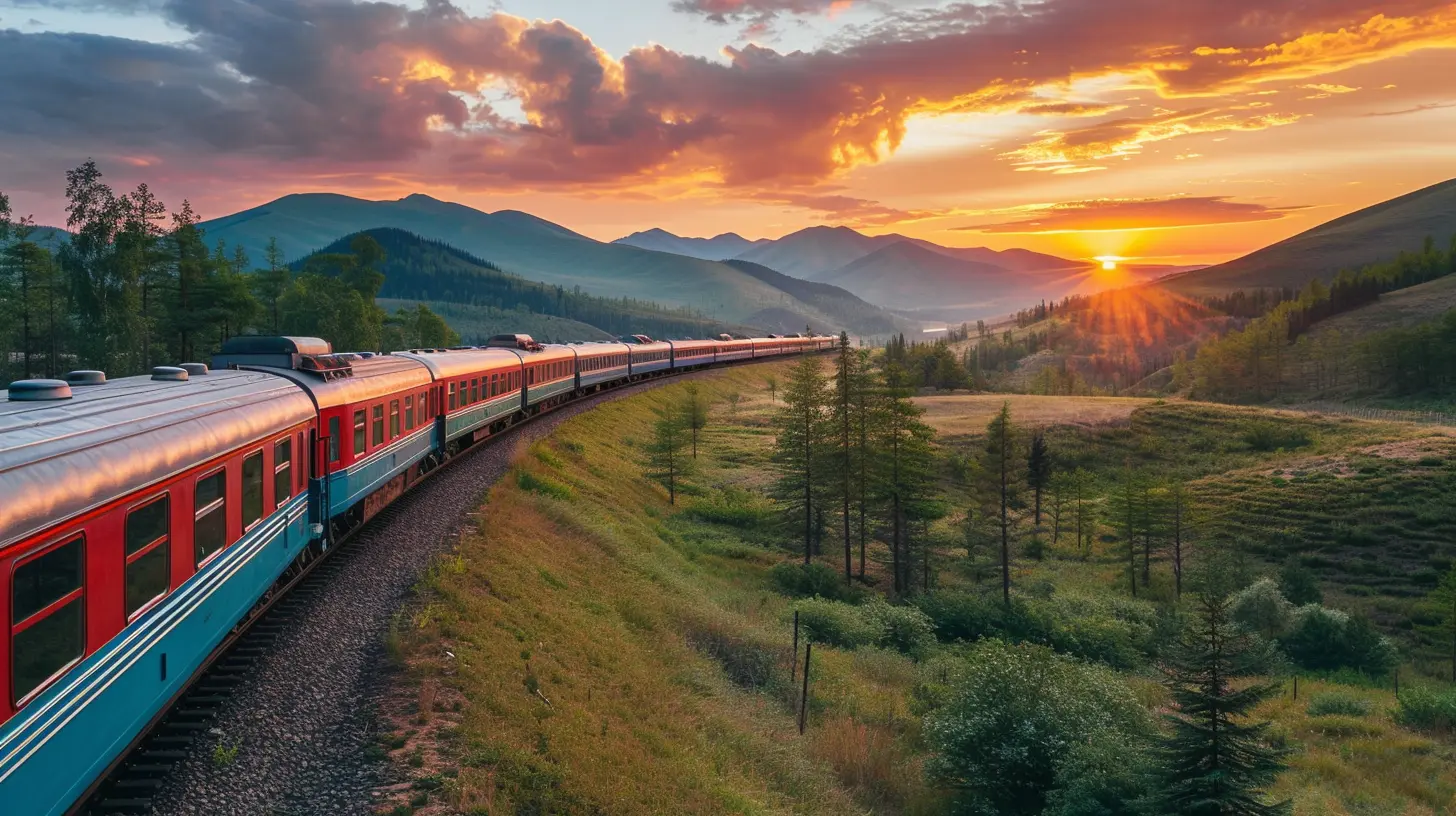
Moscow: Start of the Journey
Your journey begins in Moscow, the heart of Russia. It’s hard to overstate the influence that this city has on the culture, politics, and economy of the country. But for travelers, Moscow is a vibrant metropolis where history and modernity coexist in the coolest way possible.What to See in Moscow?
- Red Square & The Kremlin: Of course, you can’t visit Moscow without seeing the iconic Red Square and the nearby Kremlin. It’s like missing the Eiffel Tower in Paris! The square itself is a UNESCO World Heritage site, lined with landmarks such as Saint Basil’s Cathedral (you know, the colorful onion domes) and the Lenin Mausoleum.- Gorky Park: If you want a break from the grandiose history, Gorky Park is your go-to spot. Great for a relaxed afternoon stroll, the park offers art and culture amid Instagram-worthy scenery.
- Moscow Metro Tour: Believe it or not, Moscow’s Metro is more like an underground museum. The stations are decorated with chandeliers, mosaics, and statues. Local guides offer tours that give you insight into their historical significance.
Moscow sets the tone for your entire Trans-Siberian adventure. If the city feels like it's larger-than-life, it's just a taste of the grand scale of everything to come.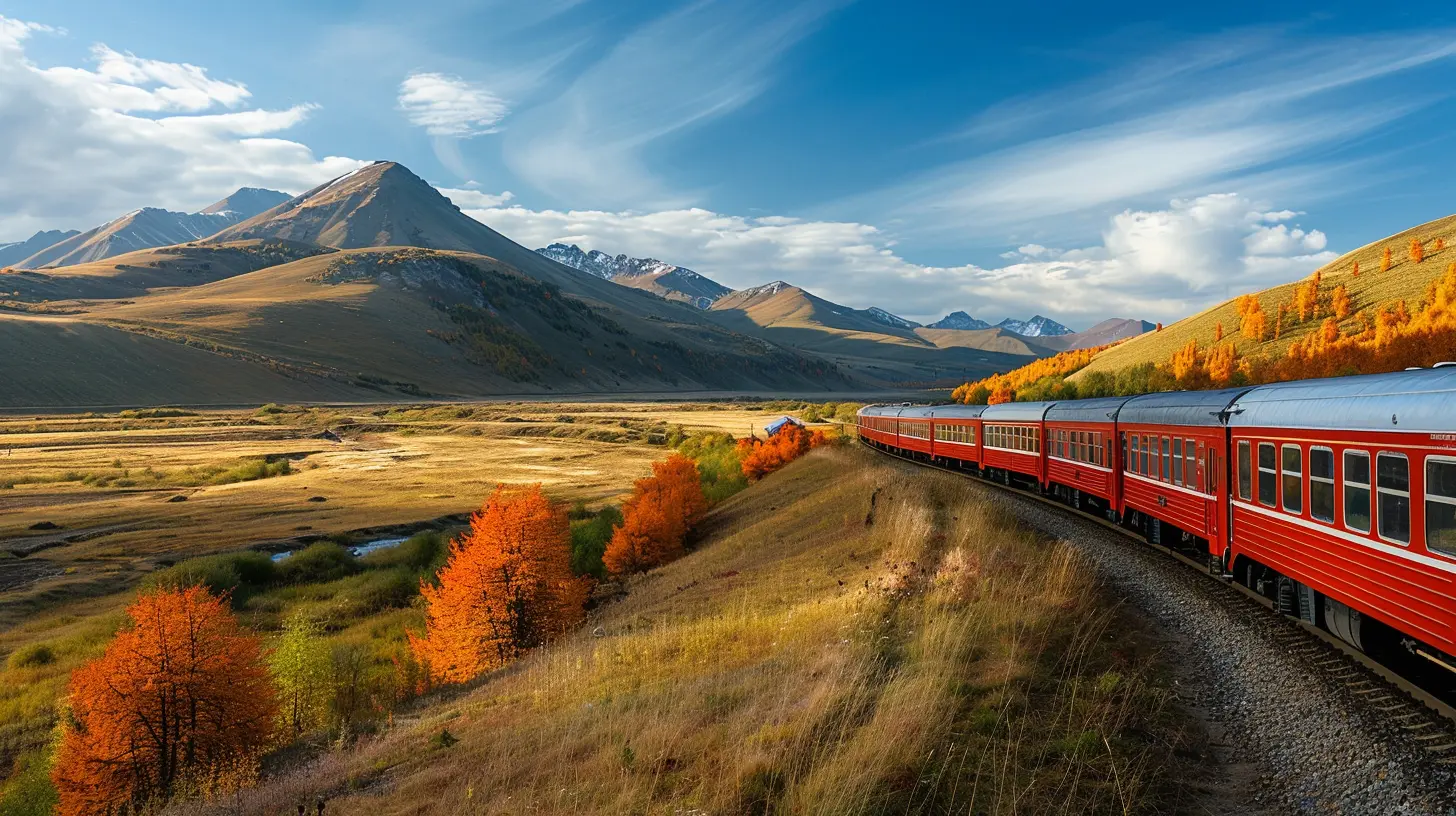
Kazan: A Cultural Blend
As your train pulls into Kazan, the capital of the Republic of Tatarstan, you might start to feel like you’ve entered a whole new country. Kazan is where European and Asian cultures blend seamlessly, offering you a truly unique cultural experience. The city's most famous marker of this intersection is its Kremlin, but don’t mistake it for a twin of Moscow’s fortified walls.What to See in Kazan?
- Kazan Kremlin: An incredible blend of Russian and Tatar architecture, the Kazan Kremlin houses the magnificent Kul Sharif Mosque, one of the largest mosques in Europe, and the beautiful Annunciation Cathedral.- Bauman Street: Think of this as Kazan's version of Moscow’s Arbat Street. It’s a pedestrian-only thoroughfare packed with cafes, shops, and street performers. Perfect for when you want to relax and people-watch.
Tip: If you're curious about local cuisine, try chak-chak, a sweet pastry made with dough and soaked in honey. It’s a Tatar staple!
Kazan is that little hidden treasure combining a bit of everything: history, charm, and a distinct mix of cultures, making it a must-see stop.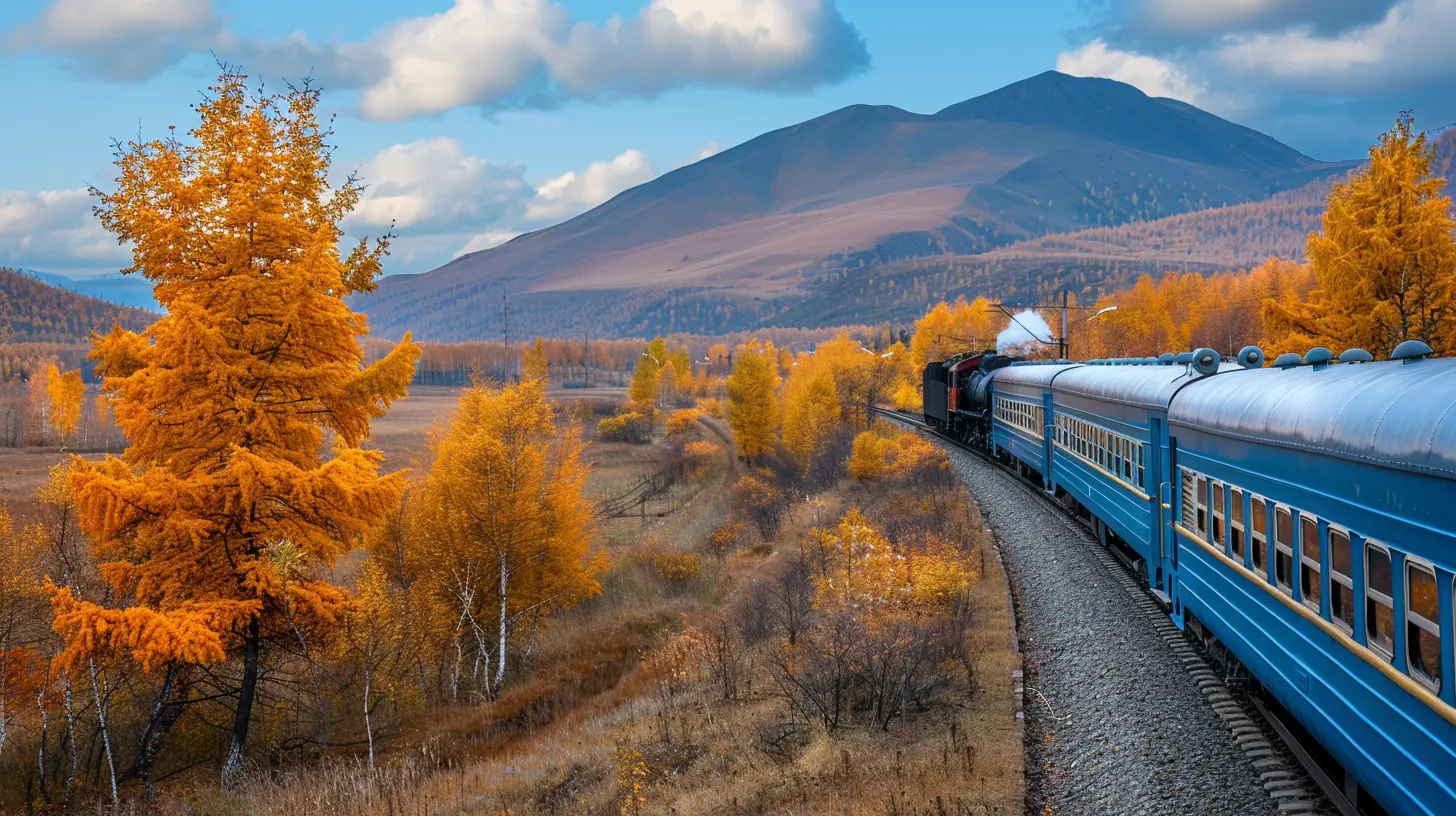
Yekaterinburg: Gateway Between Europe and Asia
Yekaterinburg is where you cross from Europe into Asia, literally! Many travelers stop here for a photo-op at the Europe-Asia border monument. But there’s more to this city than just its geographical significance.What to See in Yekaterinburg?
- Church on the Blood: One of the most important historical landmarks, this cathedral was built on the spot where the last Tsar of Russia, Nicholas II, and his family were executed in 1918. It’s as haunting as it is beautiful.- Vysotsky Tower: Want to see Yekaterinburg from above? Head up to the observation deck at Vysotsky Tower to get a sweeping view of the city and the Ural Mountains.
- QWERTY Monument: For something a bit quirky, check out the QWERTY Monument, an outdoor sculpture of a giant keyboard! Trust me, you'll want to snap a photo here.
Yekaterinburg is like a portal between two worlds—Europe and Asia. It’s a surreal stop that offers both solemn historical sites and some offbeat attractions.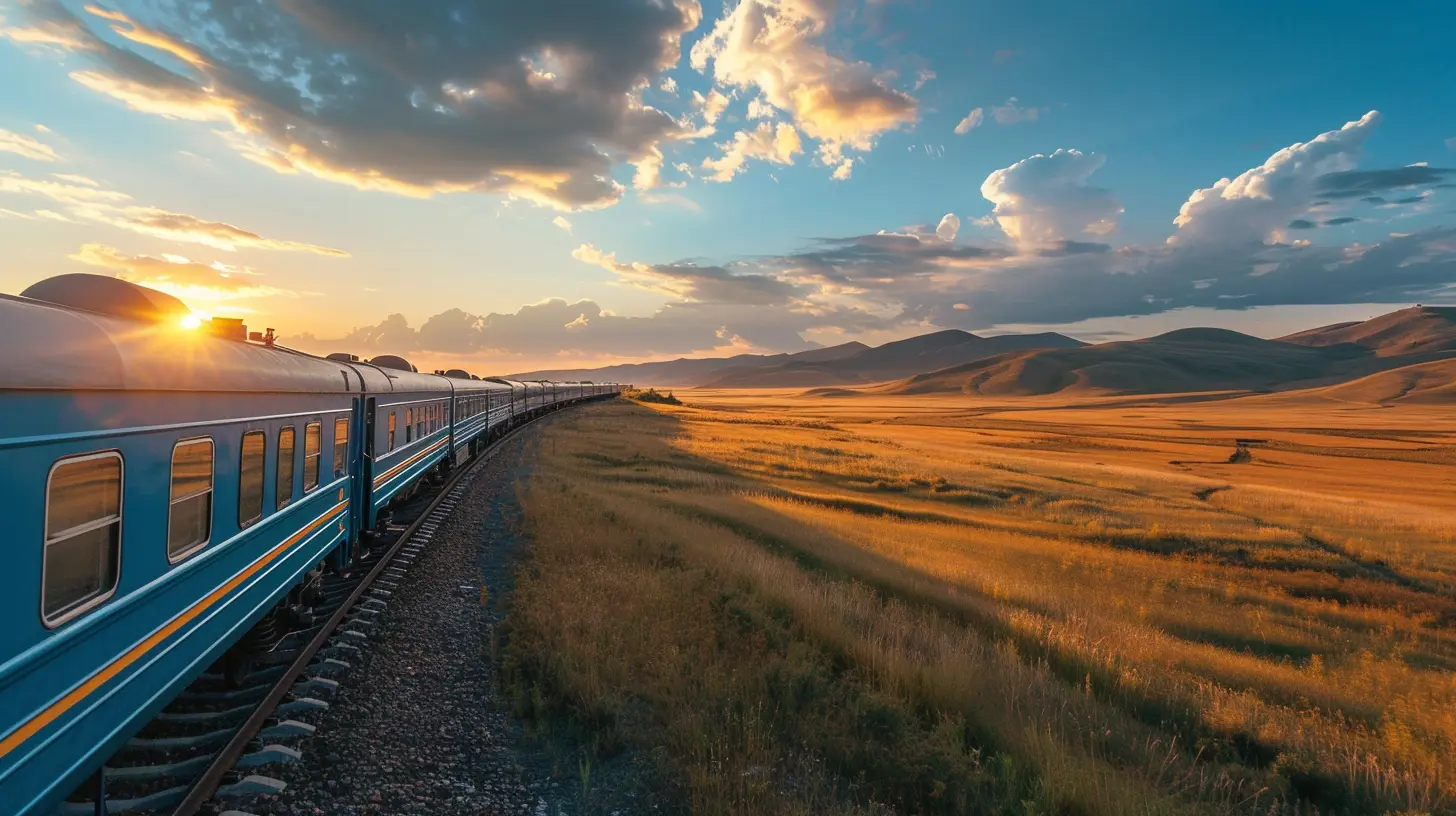
Novosibirsk: Siberia’s Largest City
After crossing the Urals, you're officially in Siberia, and Novosibirsk is your first major stop in this vast region. Often called the "Capital of Siberia," it’s the third-largest city in Russia. You’d think Siberia is all snow and ice, but Novosibirsk will quickly convince you otherwise.What to Do in Novosibirsk?
- Novosibirsk Opera and Ballet Theatre: This is the largest theatre in Russia, even bigger than the Bolshoi in Moscow. If you find yourself here in the evening, attending a ballet or opera performance is a must.- The Ob River: Take a walk along the banks of the Ob River, one of the longest rivers in the world. It’s a peaceful retreat from the bustle of city life.
- Novosibirsk Zoo: Known for its rare animals, the Novosibirsk Zoo is home to over 10,000 creatures, including the unique liger (a lion-tiger hybrid).
Novosibirsk will leave you surprised at how a city in deep Siberia can be so cosmopolitan and friendly. It's a bustling urban spot amid the wilderness.
Krasnoyarsk: Gateway to Siberian Nature
Next up: Krasnoyarsk. Often overlooked by travelers, this city is a hidden gem, especially if you’re a nature lover. The mighty Yenisei River, one of the world’s longest rivers, cuts through Krasnoyarsk, making it a paradise for outdoor enthusiasts.What to Explore in Krasnoyarsk?
- Stolby Nature Reserve: Krasnoyarsk's crown jewel, this reserve is known for its towering rock formations (called "stolby") and beautiful hiking trails. It's the perfect place for an afternoon hike or a more challenging trek, depending on your mood.- Paraskeva Pyatnitsa Chapel: Offering one of the best panoramic views of the city, the Paraskeva Pyatnitsa Chapel is a peaceful spot to reflect on your journey thus far.
- River Cruises on the Yenisei River: If hiking isn’t your thing, try a relaxing river cruise on the Yenisei. It’s an easy way to take in the area’s natural beauty without breaking a sweat.
Krasnoyarsk is perfect for nature lovers, providing a much-needed breath of fresh air amidst your long journey on the rails.
Irkutsk and Lake Baikal: Wonders of Siberia
All aboard for Irkutsk! This is one of the most famous stops on the Trans-Siberian Railway, largely because of its proximity to the awe-inspiring Lake Baikal. Known as the "Paris of Siberia," Irkutsk offers a mix of traditional Russian architecture and a laid-back vibe perfect for travelers.What to See in Irkutsk?
- 130 Kvartal: This district is filled with beautifully restored wooden houses. Walking through the area feels like stepping back in time.- Lake Baikal: Just an hour away from Irkutsk lies Lake Baikal, the world’s deepest and oldest freshwater lake. Whether you're visiting in summer or winter, Baikal is stunningly beautiful. In the warmer months, you can take boat trips, while in winter, the frozen lake becomes a wonderland for ice skaters and adventurers.
- Listvyanka Village: If you want a more local experience at Lake Baikal, head to Listvyanka, a small village on the shores of the lake, offering cozy guesthouses and some fantastic hiking opportunities.
Irkutsk is your gateway to the natural wonders of Siberia. Don’t rush this stop—take a few days to fully explore Lake Baikal and the charming local culture.
Ulan-Ude: Heart of Buryatia
As you journey east, you’ll find yourself in Ulan-Ude, the capital of the Buryat Republic. This city is where Russian Orthodoxy meets Buddhism, and it’s where the diverse cultural landscape of Russia really begins to shine.Highlights of Ulan-Ude:
- Ivolginsky Datsan: This stunning Buddhist temple complex is the center of Buddhism in Russia. Even if you’re not religious, the architecture and serene atmosphere will leave you in awe.- The Giant Lenin Head: Ulan-Ude is home to the world’s largest statue of Lenin’s head. It’s... well, exactly what it sounds like. But it's also one of those quirky, must-see landmarks.
Ulan-Ude provides a fascinating glimpse into a different side of Russian culture. It’s a place where Buddhism, Russian orthodoxy, and the old Soviet legacy coexist, making this stop a memorable cultural experience.
Vladivostok: The End of the Line
After days (or perhaps weeks) of traveling, your final stop is the port city of Vladivostok. Nestled by the Sea of Japan, this city feels worlds apart from Moscow, and yet you'll find the same warm Russian hospitality awaiting you here.What to Do in Vladivostok?
- Golden Bridge: One of Vladivostok’s most iconic landmarks, this bridge offers sweeping views of the city and the surrounding waters.- Russky Island: Just a short drive from Vladivostok, Russky Island is a nature lover's dream, offering beautiful coastlines, hiking trails, and stunning views of the ocean.
- Vladivostok Fortress: For history buffs, the Vladivostok Fortress offers a peek into the city’s military past, with underground bunkers and fortifications to explore.
As the final stop on the Trans-Siberian Railway, Vladivostok provides a satisfying conclusion to your journey. You can almost hear the waves saying, "You made it!"
Conclusion
The Trans-Siberian Railway is much more than just a way to get from point A to point B. It’s a gateway to Russian culture, history, and natural beauty. Each stop along the way brings you face-to-face with new experiences, diverse cultures, and stunning landscapes. Whether you’re gazing at the Moscow Kremlin, soaking up the serenity of Lake Baikal, or standing on the Europe-Asia border, this journey is one you'll never forget.So, if you ever find yourself yearning for a travel experience unlike any other, remember that the Trans-Siberian Railway offers more than just a ride—it offers an adventure of a lifetime.


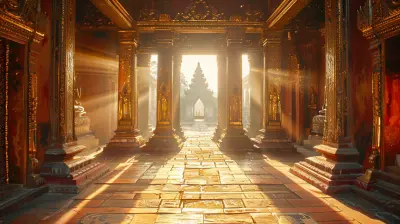
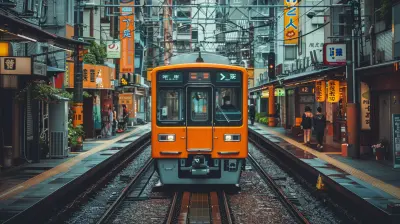
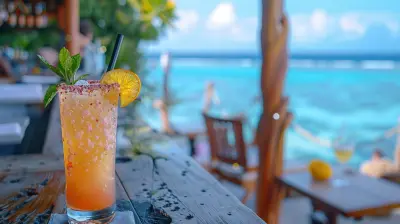


Bernadette McVey
Captivating highlights; don’t overlook the cultural gems!
April 3, 2025 at 4:31 AM